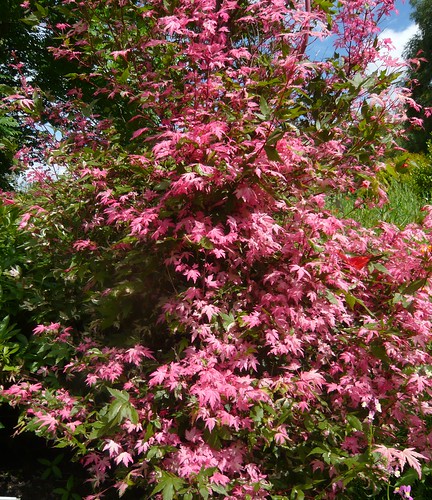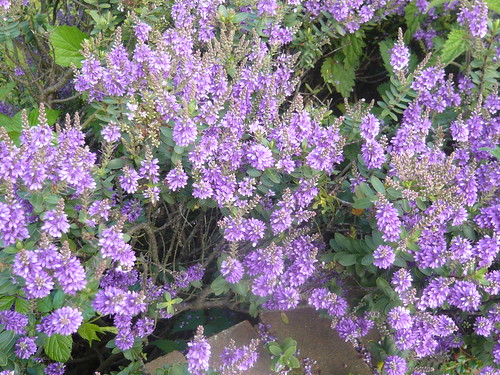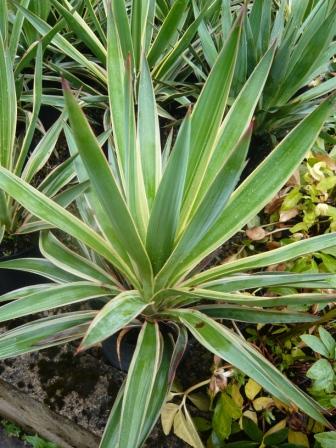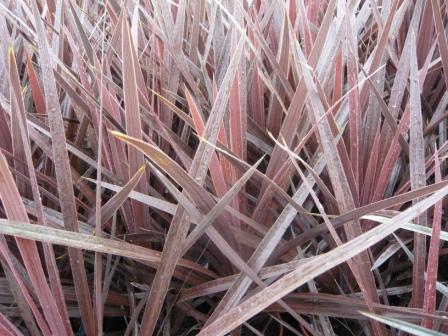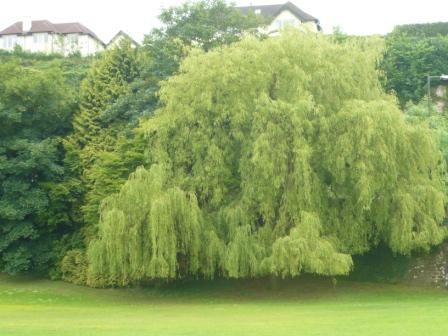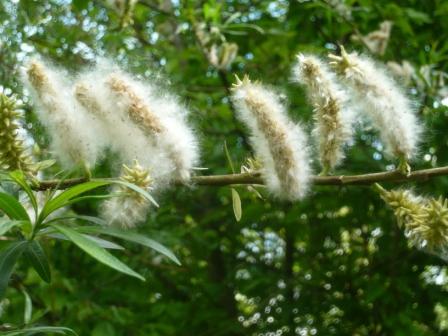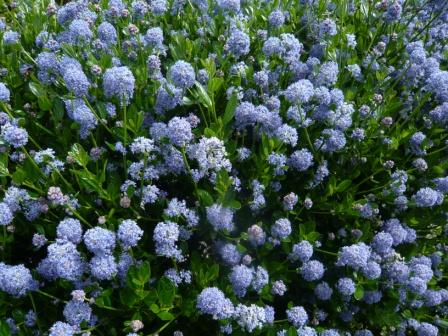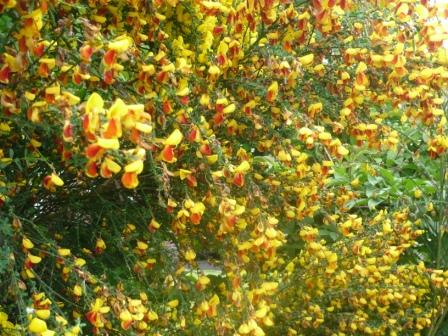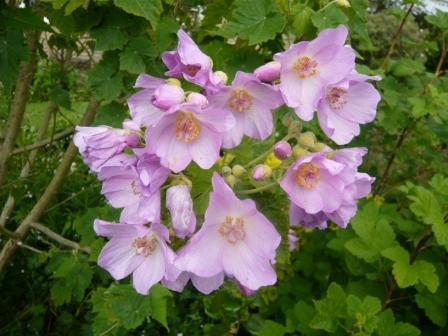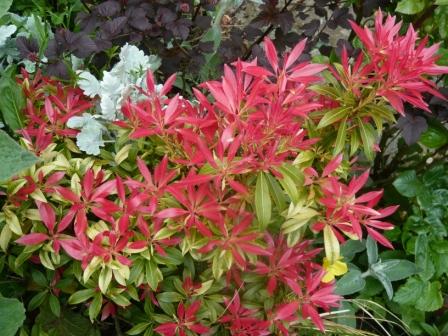
Spring Flowering Shrubs that have finished flowering can be pruned in early summer. My Spirea were trimmed of flower heads and pruned of about one third of the old wood down to the ground this weekend. Hopefully also taking out weak growth and crossing branches will provide space for strong new stems to flower next year.
Forsythia was pruned after flowering back in April and other shrubs to now receive this treatment include Philadelphus, Ribes, Deutzia and Weigela. Weigela gets a lighter prune to encourage an Autumn flush of blossom. Rhododendrons (above) do not need pruning but I give them the once over to remove any problems.
Late summer flowering shrubs should be pruned next spring to encourage new flowering wood. Buddleja can be heavily pruned but avoid cutting into really old wood. Dogwoods should be stooled or cut bach to about 10 inches high. Choisya I just give a trim after flowering to retain shape and control the size but if they are putting on to much growth I will sacrifce flowers and prune early. Winter flowering Viburnum and Witch Hazel do not need much pruning so I tend to leave well alone.
Pruning Aims to achieve regular production of flowers and to keep a shrub healthy. A balance between old and new wood helps flowering. Creating space for light air and growth helps a plant remain healthy. Cutting back to a leaf or stem joint shapes and trains a shrub to do what the gardener wants.
After pruning care includes a dressing of blood fish and bone and a good mulch of compost. This will help the shrub replace all the wood it has grown and lost to my secateurs.
RHS
BBC Gardening Plant Finder
